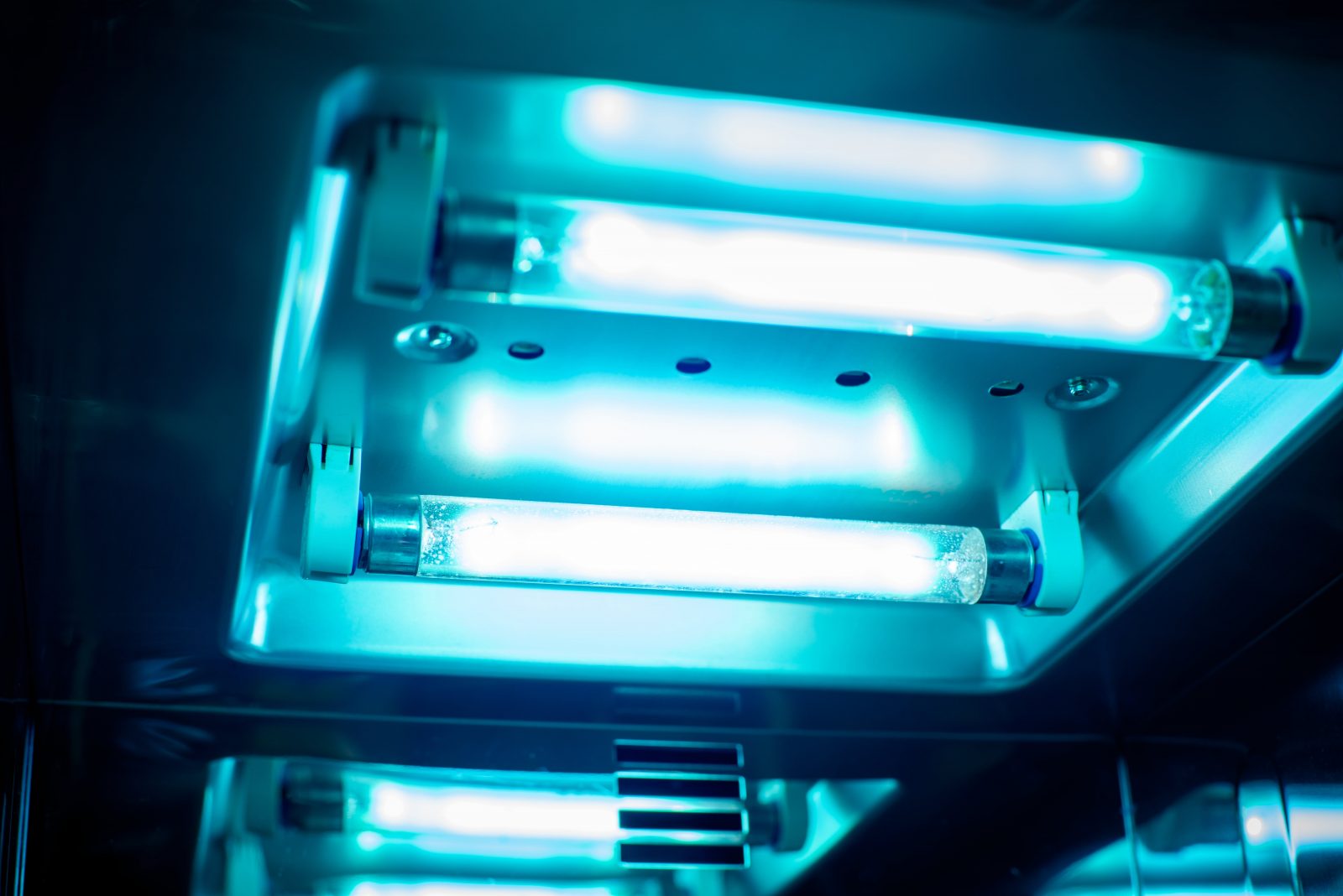
The introduction of BS 8628 brings a standardised method of testing disinfection using ultraviolet radiation, a welcome change as currently there is no single recommended way of testing UV-C light systems for efficacy, allowing equipment manufacturers to instead choose their methods, varying process times, test microorganisms, distance from test area etc all changing the efficacy of the product.
Without a standardised approach to testing, it’s difficult for healthcare providers and other decontamination system users to compare the efficacy of different UV-C systems, which adds a lot of confusion when like-for-like comparisons between test results cannot be drawn. There has also been no minimum testing requirement, meaning any decontamination system can be considered effective regardless of the microorganism it’s being used to treat against.
For these reasons, the European disinfectant standard writing body, the European Committee for Standardization (CEN) have announced that in spring 2022 a new standard will be released and it will cover the requirements and methodology for testing the efficacy of UV devices.
This new standard has been extensively based on the existing airborne surface disinfection standard EN 17272:2020 with some minor differences specific for UV devices. In brief, the UV device is placed within a blacked-out enclosed test chamber at a specified distance and location and switched on for a specified contact time.
This mimics a ‘worst-case’ scenario where there are no reflective surfaces that may aid the UV-C device in achieving the required efficacy.

Applying the BS 8628 standard to UV C decontamination processes
The efficacy test process expects the UV-C decontamination system to be run only once at a set distance and height, and those that pass will have to clearly state their process time. This will result in UV-C systems that pass this standard providing a clear benchmark as to whether the system is effective enough to be achieving greater than Log 5 reduction in bacteria.
It should be noted that the standard test is designed to ensure efficacy on nearby surfaces only. This is where specialist expertise and innovation will become key to providing you with the confidence and knowledge that a full decontamination cycle has taken place, including within any dark corners or diverse surface areas in the target treatment space. The patented Spectrome technology that comes as standard with the Inivos Ultra-V is such an example.
Analysing, measuring and adjusting the UV-C exposure, the Spectromes ensures the effective amount is delivered in that area in addition to a measurable result.
The commitment to providing proven efficacy each and every process with a robust audit trail has enabled us to develop technology that is already meeting and exceeding a test process created against the draft version of the new European standard, giving us a good position for when the final standard is released in the coming weeks.




